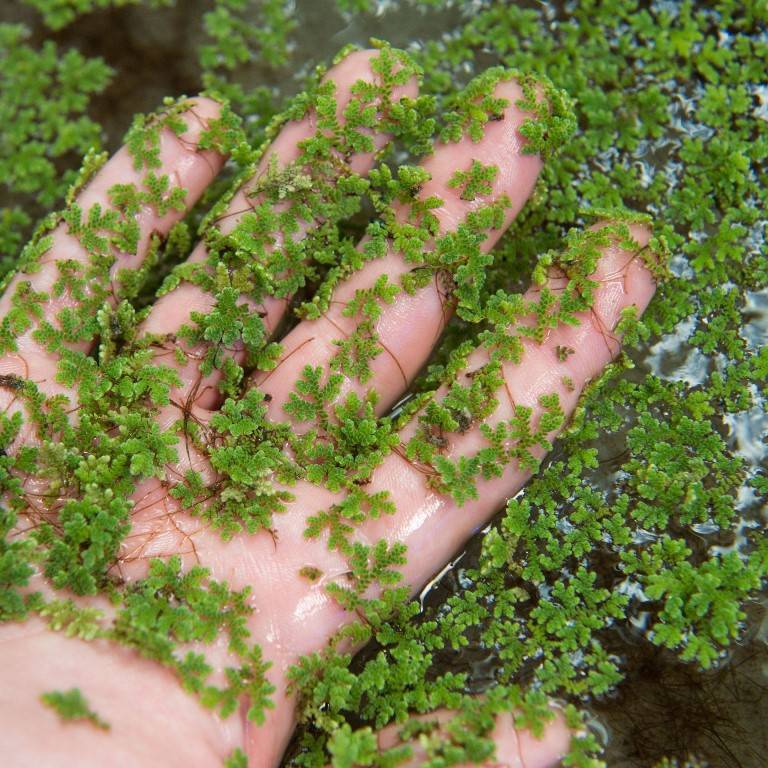
Indian agriculture has become chemical agriculture in which numerous chemicals like insecticides, herbicides, and commercial fertilizers are being used for producing crops. Due to these major microbial populations eliminated from soil and rhizosphere is getting polluted. Biofertilizers play an important role in improving soil fertility and boosting crop yields.
Azolla's traditional cultivation as a bio-fertilizer for wetland paddy (due to its ability to fix nitrogen), Azolla is finding increasing use for sustainable production of livestock feed. Azolla is rich in proteins, essential amino acids, vitamins, and minerals.
It is a fast-growing aquatic pteridophyte that forms a symbiotic relationship with the Blue-Green Algae Anabaena azollae to fix atmospheric nitrogen. Azolla is a nitrogen-fixing plant.
Because flooded habitat is good for it, it is grown in lowland rice fields. It fixes atmospheric nitrogen at a rate faster than the Legume-Rhizobium symbiotic interaction under good field conditions.
It enhances the rice production by 30-60 kg N/ha, which is similar to the rice yield produced by 30-60 kilogram N/ha. It increases nitrogen mineralization in waterlogged soil when used as green manure. It improves the effectiveness of N fertilizers by reducing NH3 volatilization losses through its influence on floodwater pH, which leads to the conservation of urea-N in the system.
Besides several microorganisms such as algae and various inorganic compound fixing bacteria, Azolla is also used as a biofertilizer in temperate as well as tropical rice-growing areas. Azolla has been in use widely in countries like China and Vietnam for centuries but it is of a recent introduction in India.
Presently there are several Azolla species that are under cultivation in India e.g. Azolla filiculoides and Azolla rubra in cold areas of India while A. Mexicana, A. microphylla, A. nilotica, and A. pinnata grown under tropical conditions as they are tolerant to high temperatures. Studies indicate that Azolla released nitrogen after its decomposition. It is further observed that about 67% of the fixed nitrogen by Azolla is released for crop use within 35 days of inoculation.
Also read 5 Reasons, of switching to Bio-Fertilizers.
















